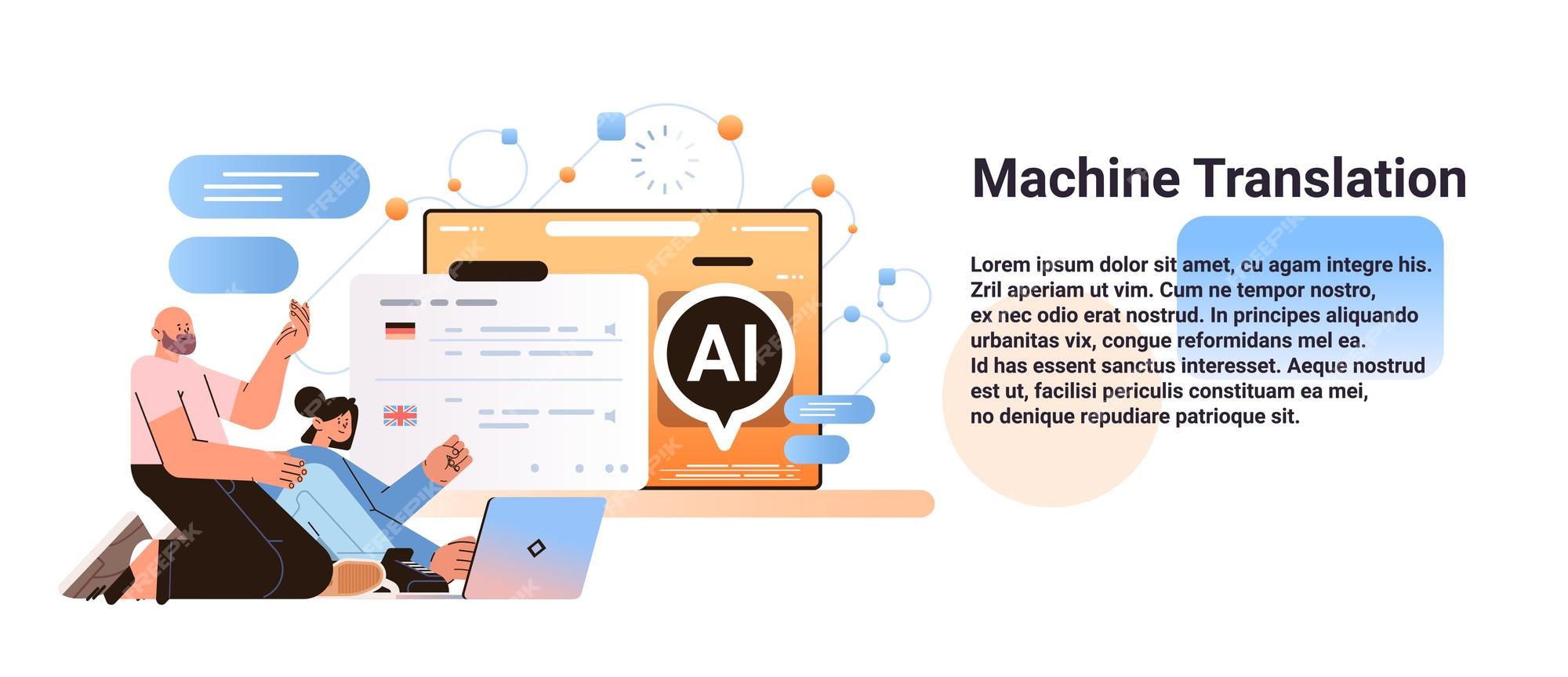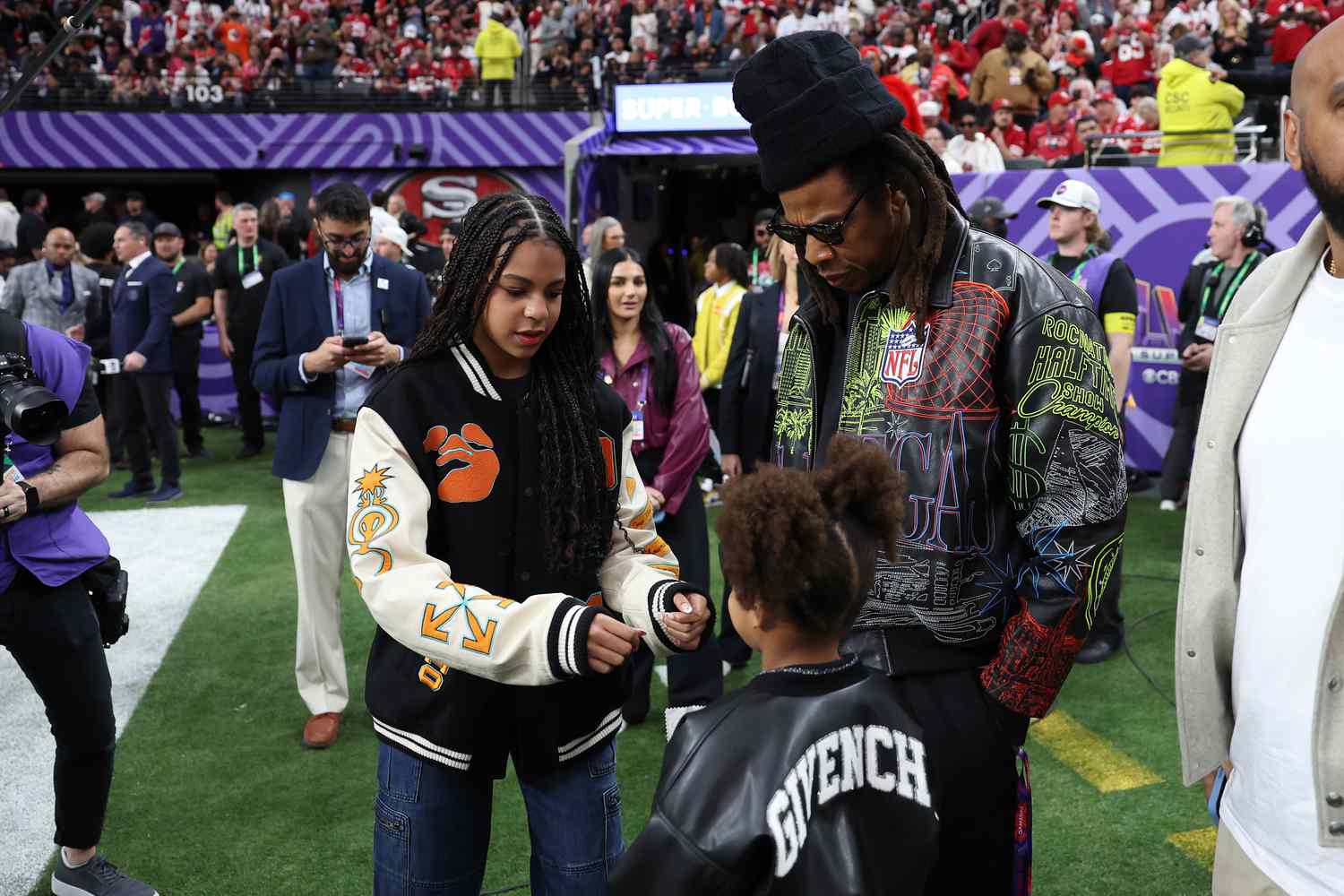Duolingo Replacing Human Translators With AI: Implications And Concerns

Table of Contents
Increased Efficiency and Cost Reduction with Duolingo AI Translation
The integration of AI into Duolingo's translation processes offers substantial benefits in terms of efficiency and cost reduction.
Automation and Scalability
AI-powered machine translation (MT) allows Duolingo to handle a vastly larger volume of translations than would be possible with human translators alone. This automation brings several key advantages:
- Faster turnaround times: New language content and updates can be deployed much more quickly.
- Reduced labor costs: AI significantly reduces the reliance on a large team of human translators, lowering operational expenses.
- Ability to support more languages: Duolingo can expand its language offerings more readily, making language learning accessible to a wider audience.
The technical advantages of AI-powered MT are significant. Algorithms can process massive datasets of translated text, learning patterns and relationships between different languages with remarkable speed. This allows for near-instantaneous translation of new content, a feat impossible to achieve with human translators alone. Features like Duolingo's AI-powered instant feedback mechanisms are also directly reliant on this technology.
Accuracy and Quality Concerns of Duolingo's AI Translation System
Despite the efficiency gains, the accuracy and quality of Duolingo's AI translation system remain a significant concern.
Limitations of AI in Handling Nuances
AI struggles with the subtleties of human language, often falling short in accurately conveying nuances of meaning.
- Errors in translation: Literal translations can lead to awkward phrasing or even entirely incorrect meanings.
- Misinterpretations of cultural references: Idioms, slang, and culturally specific expressions often get lost in translation.
- Loss of meaning: The contextual understanding crucial for accurate translation is often lacking in AI systems.
For example, a seemingly simple phrase like "break a leg" would be utterly misinterpreted by a literal AI translation, lacking the understanding of its intended meaning as a good luck wish. This highlights the crucial difference between human translators, who possess cultural understanding and contextual awareness, and AI, which relies solely on statistical patterns. Human translators can also more accurately assess the target audience and adjust their language accordingly.
Impact on the Learning Experience
Inaccuracies in translation can significantly hinder the language learning process.
- Potential for misinformation: Incorrect translations can lead learners to absorb inaccurate grammatical structures or vocabulary.
- Hindering language acquisition: Confusion caused by inaccurate translations can frustrate learners and impede their progress.
- Frustration for learners: Repeated exposure to inaccurate translations can undermine confidence and motivation.
Accurate translations are essential for effective language learning. Errors can lead to a distorted understanding of the target language, making it more difficult for learners to achieve fluency.
Ethical and Societal Implications of Duolingo's AI Transition
The shift towards AI in translation raises broader ethical and societal implications.
Job Displacement for Human Translators
The increased use of AI in translation poses a significant threat to the employment of human translators.
- Reduced demand for human translators: AI-powered systems can significantly reduce the need for human intervention in many translation tasks.
- Impact on employment rates: Job losses in the translation industry could lead to economic hardship for many professionals.
- Need for reskilling/upskilling: Human translators may need to acquire new skills to remain competitive in the evolving job market.
Governments and educational institutions may need to address this potential displacement through retraining programs and other support mechanisms to help human translators adapt to the changing landscape. The focus might shift towards specialized translation tasks requiring high-level cultural understanding and nuanced interpretation, where AI currently falls short.
Bias and Fairness in AI Translation
AI algorithms are trained on vast datasets, and these datasets can reflect existing societal biases.
- Algorithmic bias: Biases present in training data can be replicated and amplified by AI translation systems.
- Skewed translations: Translations may inadvertently reinforce stereotypes or perpetuate inequalities.
- Perpetuation of societal inequalities: Biased translations can have far-reaching social and cultural consequences.
Creating unbiased AI translation systems requires careful attention to the data used for training. Addressing these biases is crucial for ensuring fair and equitable outcomes.
Conclusion
Duolingo's move towards Duolingo AI translation presents a complex scenario. While offering increased efficiency and cost savings, it raises significant concerns regarding accuracy, cultural understanding, job displacement within the translation industry, and the potential for algorithmic bias. The benefits of automation must be carefully weighed against the risks to the quality of the learning experience and the broader ethical implications.
As Duolingo continues to integrate AI translation into its platform, a careful evaluation of its impact on both the learning experience and the translation industry is crucial. Let's continue the conversation about responsible AI development in the field of Duolingo AI translation and the future of language learning. The future of language learning and translation hinges on finding the right balance between technological advancement and the preservation of human expertise and cultural nuance.

Featured Posts
-
 The Latest On Neal Pionk News Rumors And More
Apr 30, 2025
The Latest On Neal Pionk News Rumors And More
Apr 30, 2025 -
 Super Bowl Family Fun See Jay Z With Blue Ivy And Rumi Carter
Apr 30, 2025
Super Bowl Family Fun See Jay Z With Blue Ivy And Rumi Carter
Apr 30, 2025 -
 Ravenseat Farm Update Amanda Owen Shares Family News Amidst Difficulties
Apr 30, 2025
Ravenseat Farm Update Amanda Owen Shares Family News Amidst Difficulties
Apr 30, 2025 -
 Jalen Hurts Skips White House Visit Amidst Trumps Controversial Remarks
Apr 30, 2025
Jalen Hurts Skips White House Visit Amidst Trumps Controversial Remarks
Apr 30, 2025 -
 Beyonce Jay Z E Trump Em Festas Privadas De P Diddy Revelacoes De Um Documentario
Apr 30, 2025
Beyonce Jay Z E Trump Em Festas Privadas De P Diddy Revelacoes De Um Documentario
Apr 30, 2025
Latest Posts
-
 Derrick White Leads Celtics To Victory Against Cavaliers 4 Important Observations
Apr 30, 2025
Derrick White Leads Celtics To Victory Against Cavaliers 4 Important Observations
Apr 30, 2025 -
 Cp News Alert Ovechkins 894th Goal Ties Gretzkys Nhl Record
Apr 30, 2025
Cp News Alert Ovechkins 894th Goal Ties Gretzkys Nhl Record
Apr 30, 2025 -
 Ovechkin Ties Gretzkys Nhl Goal Record Cp News Alert
Apr 30, 2025
Ovechkin Ties Gretzkys Nhl Goal Record Cp News Alert
Apr 30, 2025 -
 Rekord Ovechkina Kinopoisk Darit Unikalnye Soski Novorozhdennym
Apr 30, 2025
Rekord Ovechkina Kinopoisk Darit Unikalnye Soski Novorozhdennym
Apr 30, 2025 -
 Kinopoisk Otmechaet Rekord Ovechkina Soski S Ego Izobrazheniem Dlya Malyshey
Apr 30, 2025
Kinopoisk Otmechaet Rekord Ovechkina Soski S Ego Izobrazheniem Dlya Malyshey
Apr 30, 2025
